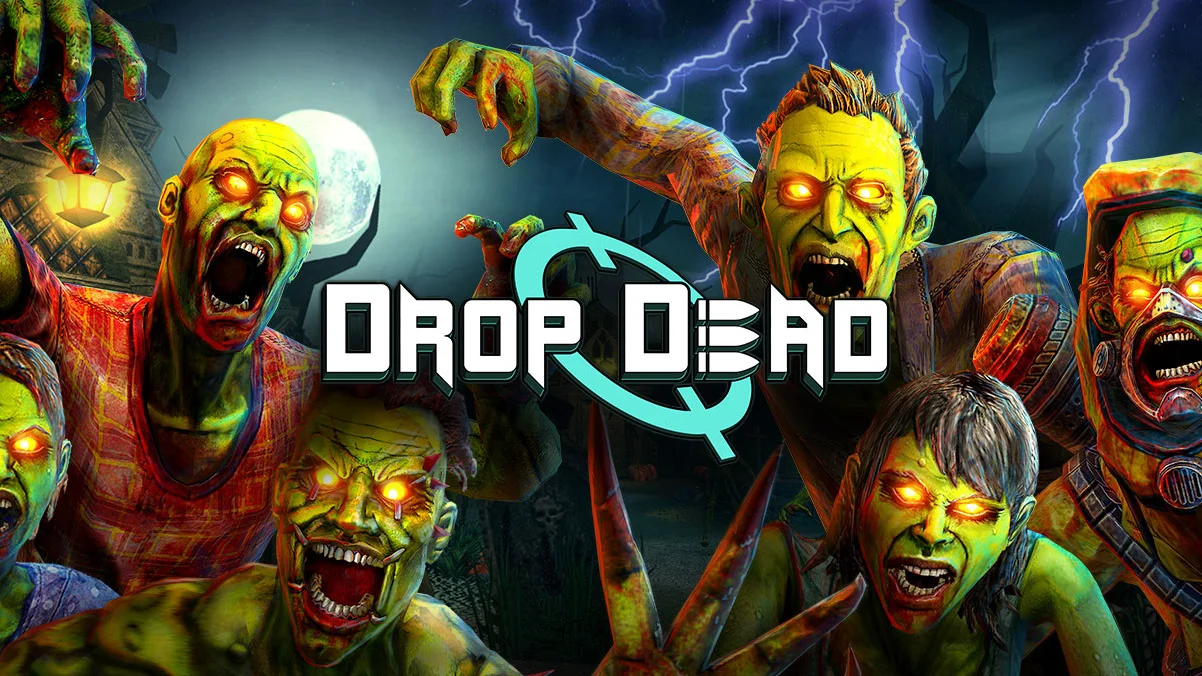Work and Life Update
I haven't been keeping this page updated at all, and it's high time I did some housekeeping and cleanup around here. The main reason for this is that I've been fairly busy these last few months. I recently got a job as a Graduate Programmer at Pixel Toys, a small videogame company in the United Kingdom.
I joined the "Drop Dead" project (a virtual reality game already released for GearVR) as part of the team tasked with porting the game to the Oculus Rift. When I joined, development was already at a very advanced stage, with most major features already implemented, but I did eventually get to contribute a few new features/reworks of existing ones. Now, a couple months after I joined, the game's Rift version has just been officially announced, and with an all-new Rift-exclusive game mode.
The game is an on-rails FPS zombie game, reminiscent of games like Time Crisis. It can be controlled using the Oculus Remote, an Xbox One controller, or using the Oculus Touch Controllers. Using the latter is arguably the best way to experience the game. The team put so much effort into making the controls feel intuitive and consistent, and there are a few features of the game that you can anly make full use of if you are playing with touch controllers.
My first week of development was a bit rough, as I had to juggle the newfound responsibilities at work with getting used to living in a foreign country. However I soon found myself getting used to my new schedule and actively contributing to the game's codebase.
The work is very rewarding, and after just a day of installing and setting up the software I would need, I started getting my first tasks assigned. Since I joined at the end of the product's development lifecycle, most of the things I was tasked to do were bugfixes, but that didn't bother me one bit, it's a wonderfully effective way of getting to know the codebase you are working with, its advantages and its limitations.
Working on this game was my very first experience with virtual reality, and I was honestly amazed at the possibilities it opens up for gaming. It allows for an entirely new level of immersion and interaction. So much so that I often found myself trying to duck incoming projectiles, or flinching when I was being attacked by zombies on every side.
Make sure to check the game out when it releases this Spring if you have a VR ready rig or a GearVR, and feel free to leave any feedback you have here or through Twitter or on Facebook
As an unrelated side note, I often find myself looking back fondly at some of the projects I developed as a student. I would be lying if I said that I wouldn't want to have a second attempt at improving them, namely the physically based renderer, trying to bring it up to date with more modern techniques. This would also allow me to not lose touch with C++, as well as general large scale application architecture, so you might see some updates regarding that soon(ish).

